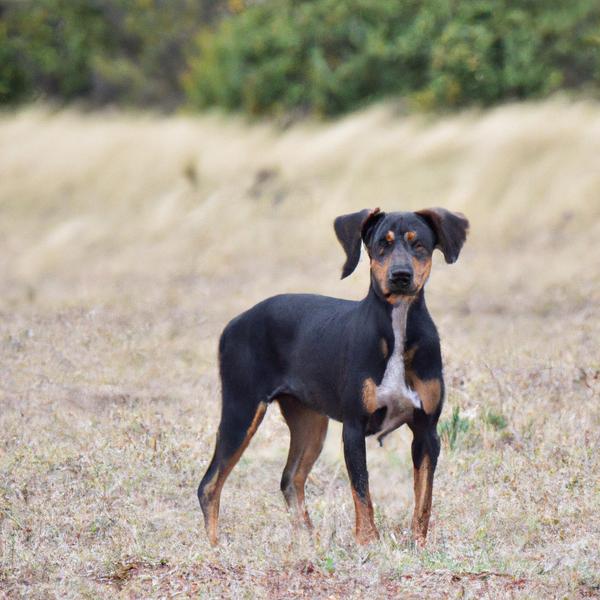Kimola vs. Elk-a-Bee: Breed Differences and Similarities
Hypoallergenic
Are Kimolas or Elk-a-Bees hypoallergenic, or neither?
Unfortunately, neither Kimola nor Elk-a-Bee are hypoallergenic, which may not make them the best choice for dog lovers who suffer from pet allergies.
Temperament
What are the personalities of Kimola and Elk-a-Bee dogs?
Playful
Independent
Energetic
Protective
Alert
Intelligent
Friendly
Obedient
Devoted
Lively
Steady
Spirited
Assertive
Playful
Loving
Independent
Alert
Intelligent
Friendly
Loyal
Lively
Gentle
Sweet
Strong
Willed
Bold
Shedding Level
Do Kimolas shed more than Elk-a-Bees, or which breed sheds more, Kimolas or Elk-a-Bees?
Kimolas shed a lot of hair each year, so frequent brushing is essential for reducing shedding and maintaining coat health.
Elk-a-Bees are heavy shedders, but regular brushing can help manage shedding and promote a healthy coat.
Ancestry
What are the origins of Kimola and Elk-a-Bee breeds?
American Eskimo, Lhasa Apso
Beagle and Norwegian Elkhound
Breed recognition
Which kennel clubs recognize/register Kimola and Elk-a-Bee?
ACHC = American Canine Hybrid Club
DDKC = Designer Dogs Kennel Club
DRA = Dog Registry of America, Inc.
IDCR = International Designer Canine Registry®
UKC = United Kennel Club
DRA = Dog Registry of America, Inc.
Date of Birth
When were Kimola and Elk-a-Bee breeds first developed?
Unknown
Eye Color Possibilites
What are the eye colors of Kimola and Elk-a-Bee dogs?
Brown
Brown
Nose Color Possibilites
What are the natural nose colors of Kimola and Elk-a-Bee?
Black
Black
Coat Color Possibilites
What are the natural colors of the coat for Kimola and Elk-a-Bee breeds?
Cream
White
Gray
White
Brown
Black
Coat Length
What is the typical coat length for Kimola and Elk-a-Bee breeds?
Kimolas are known for their coat length.
Elk-a-Bees have medium-length coats.
Coat Density
What is the density of the coat of Kimola and Elk-a-Bee?
Coat Texture
What is the hair texture of Kimola and Elk-a-Bee?
Straight
Litter Size
What is the usual litter size for Kimola and Elk-a-Bee?
A Kimola can have a litter of 4-6 puppies on average. However, it's worth noting that the size of the litters can vary greatly. Factors that can influence litter size include the health of the mother, breeding history, and genetics.
An Elk-a-Bee can have a litter of 5-10 puppies on average. However, it's worth noting that the size of the litters can vary greatly. Factors that can influence litter size include the health of the mother, breeding history, and genetics.
Adaptability
Kimolas are known for their adaptability and can adjust well to different environments and lifestyle changes.
Elk-a-Bees are highly adaptable and versatile, making them excellent companions for families and individuals of all lifestyles.
Health Issues
Between Kimola and Elk-a-Bee, which breed is more prone to health problems?
Kimola and Elk-a-Bee breeds are generally considered to be healthy. However, like all breeds, they are susceptible to certain health issues and it is important to keep an eye out for them and address them with your veterinarian as needed.
Major Concerns
What are the major health concerns for Kimola and Elk-a-Bee breeds?
Patellar Luxation
Familial Nephropathy
Atopic Dermatitis
Brachycephalic Syndrome
Exposure Keratopathy Syndrome
Keratoconjunctivitis Sicca
Patellar Luxation
Hip Dysplasia
Hypothyroidism
Progressive Retinal Atrophy (PRA)
Minor Concerns
What minor health issues should be kept in mind when owning Kimola and Elk-a-Bee?
Intervertebral Disc Disease
Urolithiasis
Hydrocephalus
Chronic Anemia
Progressive Retinal Atrophy (PRA)
None
Occasional Tests
What occasional tests are recommended for Kimola and Elk-a-Bee breeds?
X-Rays
Ear Examination
X-ray imaging
Eye Examinations
Schirmer Tear Test
Blood Analysis
Blood Count
Internal Imaging (x-ray, CT scan, MRI, etc.)
Blood And Urine Analysis
X-Rays
CT Scan
Eye Examination
Physical Examination
Blood Work
Lab Tests
Social Needs
Kimola vs Elk-a-Bee social needs comparison
Kimola and Elk-a-Bee have above average social needs compared to other breeds. They thrive in environments where they have a lot of interaction with humans and other dogs.
Sleeping Need
Which of the two sleeps the most/least: Kimola or Elk-a-Bee?
Kimola and Elk-a-Bee dogs tend to sleep less than some other breeds, but it's still important for them to get adequate sleep in order to maintain good health.
Mouthiness
Mouthiness Comparison: Kimola vs Elk-a-Bee?
Roaming urge
Kimola vs Labrador: Running away tendency?
Prey Drive
Kimola or Elk-a-Bee - which breed has a higher level of prey drive?
Past times
What are some enjoyable activities and ways to keep Kimola and Elk-a-Bee entertained?
Dancing, Playing, Play, Running, Jugging
Play, Walk, Hunt, Napping, Tug-of-war, Going on walks, Fetch, Digging, Running
Activity Level
Which breed has higher energy, Kimolas or Elk-a-Bees?
Kimolas are medium-energy dogs and typically enjoy socializing and playing casual or even sustained games of chase with other dogs. They may also have occasional periods of barking or racing around the house.
Elk-a-Bees are high-energy dogs. They need mental as well as physical exercise. These dogs require a lot of your involvement and without it they can, and will, become problematic dogs.
Tolerance of being left alone
Walks per Week
How many miles should Kimola or Elk-a-Bee walk each week?
There's really no limit to how far you walk your dog as long as they're comfortable. For Kimola, it's at least 6 miles / week. Just remember to build distance and stamina gradually over time.
There's really no limit to how far you walk your dog as long as they're comfortable. For Elk-a-Bee, it's at least 12 miles / week. Just remember to build distance and stamina gradually over time.
Activity per Day
Do Kimolas or Elk-a-Bees require more exercise?
In general most Kimolas usually need at least 40 minutes of exercise daily. This can be spread across the day and include all sorts of high-energy activities, like walking, running and playing.
In general most Elk-a-Bees usually need at least 90 minutes of exercise daily. This can be spread across the day and include all sorts of high-energy activities, like walking, running and playing.
Grooming
Which breed is easier to maintain in terms of grooming, Kimolas or Elk-a-Bees?
Kimolas require significant grooming, including regular trims and professional grooming assistance to maintain their coat. They may also require frequent bathing to keep their coat and skin healthy.
The Elk-a-Bee has low grooming needs and is easy to maintain.
Brushing Frequency
What is the recommended brushing frequency for Kimola and Elk-a-Bee dogs?
Ideally, Kimola should be brushed at least 2 or 3 times a week (preferably daily) improve shedding.
Elk-a-Bee should be brushed at least once a week. Of course you can give them more frequent brushes if you find that they are still shedding a lot
Brushing Tools
What brushing tools are used for Kimolas and Elk-a-Bees?
Pin Brush
Dematter
Deshedder
Nail Clipper
Pin Brush
Comb
Deshedder
Nail Clipper
Cups
How much food should be given to Kimola or Elk-a-Bee in cups?
For an average 16-40 pound (7 - 18 kg) Kimola feed 2 cups daily. But, keep in mind, the amount you feed is going to be dependent on the quality of the food you are feeding.
For an average 20-50 pound (9 - 23 kg) Elk-a-Bee feed 3 cups daily. But, keep in mind, the amount you feed is going to be dependent on the quality of the food you are feeding.
Daily Cost
Which breed has a higher daily cost, Kimola or Elk-a-Bee?
The average cost of a Kimola is somewhere $1.70 - $2.00 per day.
The average cost of an Elk-a-Bee is somewhere $2.10 - $2.70 per day.
Monthly Cost
Which breed has a higher monthly cost, Kimola or Elk-a-Bee?
The average per month expenses of a Kimola is between $48 - $63. This makes an average of $576 - $756 per year. It will be on the higher side when the dog is still small because it will need more frequent visits to the vet, shots.
The average per month expenses of an Elk-a-Bee is between $55 - $73. This makes an average of $660 - $876 per year. It will be on the higher side when the dog is still small because it will need more frequent visits to the vet, shots.
Sensitivity Level
How do Kimola and Elk-a-Bee compare in sensitivity?
This breed is sensitive to its environment and best suited for patient and understanding families with a consistent routine.
This breed is sensitive and requires gentle handling and a calm home environment.
Apartment Friendly
Which breed is more apartment-friendly: Kimola or Elk-a-Bee?
Kimolas make excellent apartment dogs, being fairly active indoors and not requiring a yard.
Elk-a-Bees are good apartment dogs as long as they get enough exercise and stimulation outside of the apartment.
Child Friendly
Do Kimolas or Elk-a-Bees have a friendlier temperament towards children?
The typical characteristics of Kimola and Elk-a-Bee indicate that this breed of dog is an ideal companion for kids and makes them family pets. Their gentle and protective nature and calm mentality make them gel along quickly with the younger humans.
Senior-friendly
Which dog is more suitable as a pet for the elderly - Kimola or Elk-a-Bee?
Cat Friendly
Do Kimola or Elk-a-Bee breeds have a better compatibility with cats?
Kimolas are good with cats, but early training is needed to prevent chasing behavior.
Elk-a-Bees are average in their friendliness toward cats and tend to do well with them, especially if raised together.
Dog Friendly
Which breed is more sociable with other dogs: Kimola or Elk-a-Bee?
Kimolas are generally very friendly towards other dogs, with a happy and affectionate temperament.
Elk-a-Bees are friendly and active companions, and can be good family pets, though their friendliness towards other dogs may vary.
Pet friendly
How do Kimola or Elk-a-Bee dogs interact with other pets?
Stranger Friendly
Which breed is more friendly with strangers: Kimola or Elk-a-Bee?
Kimolas are averagely friendly around strangers but benefit from early socialisation.
Elk-a-Bees are friendly but may bark at strangers, and training is easy due to their intelligence.
Playfulness
Which breed is more playful between Kimola and Elk-a-Bee?
Kimola and Elk-a-Bee are playful dogs. So, no matter how busy the day may get, the best thing you can do for Kimola and Elk-a-Bee is to make time each day to play. It can be as little as 15-20 minutes, and it will mean the world to them.
Trainability
How do the trainability levels of Kimolas and Elk-a-Bees compare?
Kimola and Elk-a-Bee dogs are known for their ease of training and ability to learn quickly, making them a popular choice for pet owners and trainers alike.
Compare Kimola with other breeds
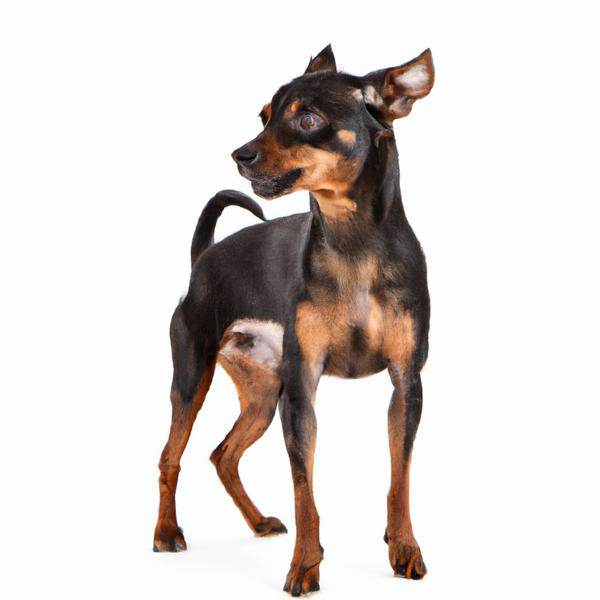
Miniature Pinschelkhound
Kimola vs Miniature Pinschelkhound
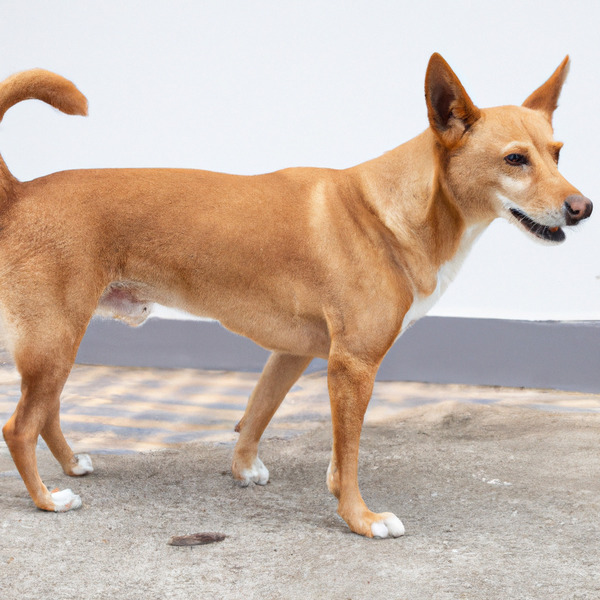
Portuguese Podengo
Kimola vs Portuguese Podengo
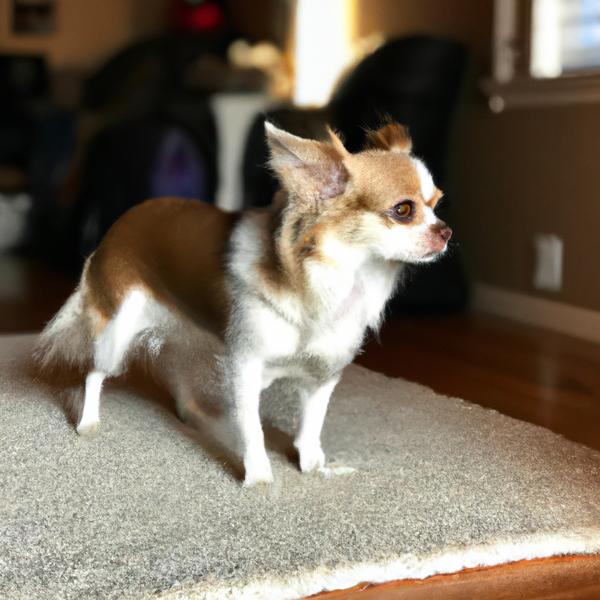
Chestie
Kimola vs Chestie
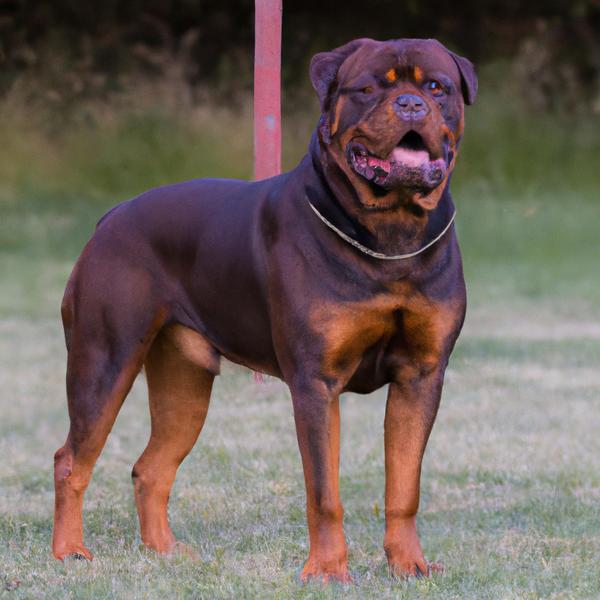
Rottie Bordeaux
Kimola vs Rottie Bordeaux

Irish Saint Terrier
Kimola vs Irish Saint Terrier
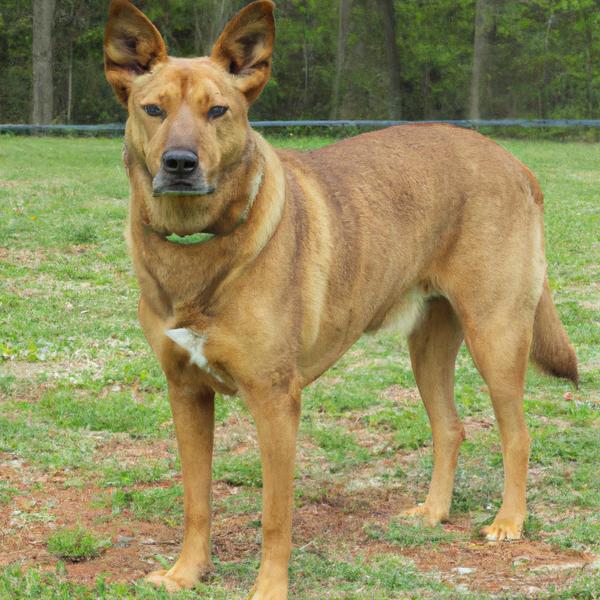
Elk-a-Bee
Kimola vs Elk-a-Bee

Lha-Cocker
Kimola vs Lha-Cocker

Dandie Dinmont Terrier
Kimola vs Dandie Dinmont Terrier

Weston
Kimola vs Weston

Pit Bullmastiff
Kimola vs Pit Bullmastiff
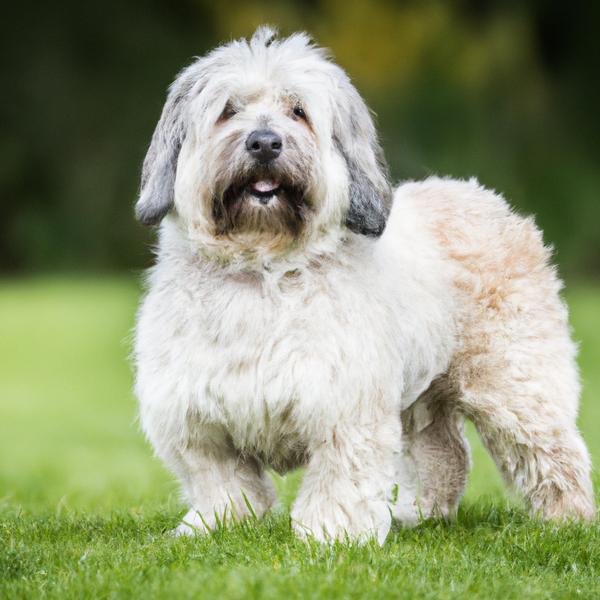
Wel-Chon
Kimola vs Wel-Chon

German Hund Pointer
Kimola vs German Hund Pointer
